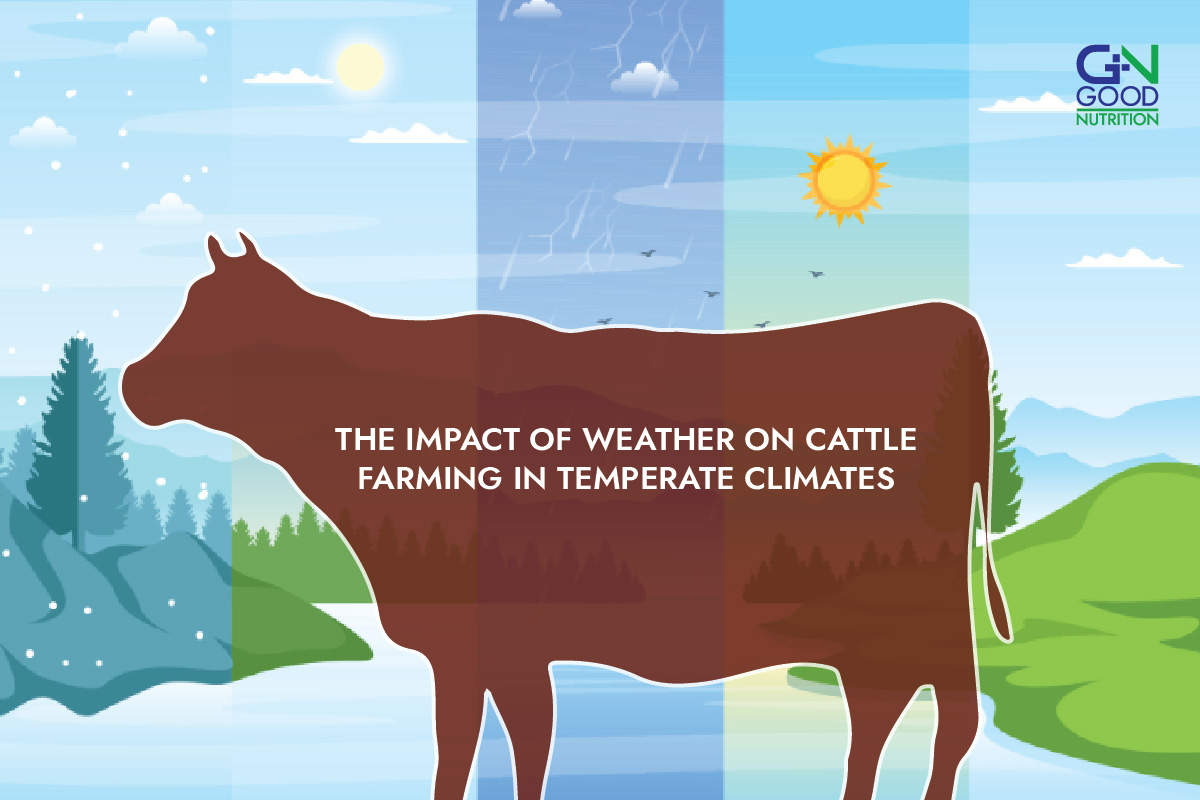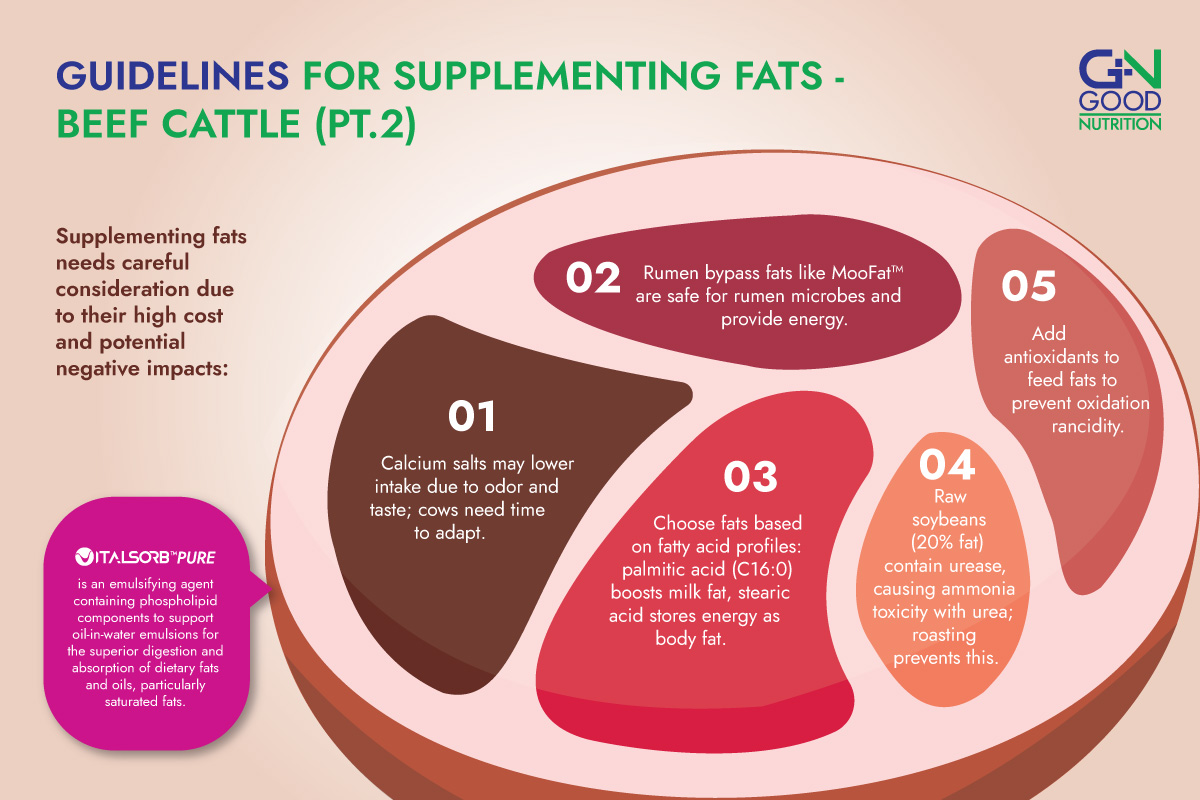The way calves are fed and managed has a profound effect on their lifelong performance, so it’s crucial to view these practices as investments rather than expenses. We’re introducing a set of guidelines adopted by farmers and highlighting the pivotal role of Vitalsorb Pure lysolecithin in this context.
1. Calves should be feed good quality colostrum or colostrum replacer (at least 15% of their bodyweight, within 12 hours of birth).
2. Calf milk replacers (CMR) can be offered immediately after colostrum feeding.
3. Maintain a high standard of cleanliness throughout the CMR preparation and feeding process to avoid contamination by pathogens.
4. Feed sick calves last to minimize the spread of disease.
5. Calves can tolerate once-a-day feeding, but it isn’t optimal for their welfare, as they can’t ingest enough milk in one feeding. Feeding twice daily, or ad lib feeding allows the calf to consume and digest adequate amounts of CMR, to support good health and growth.
Vitalsorb™ Pure is an emulsifying agent containing phospholipid components to support oil-in-water emulsions for the superior digestion and absorption of dietary fats and oils, particularly saturated fats.





